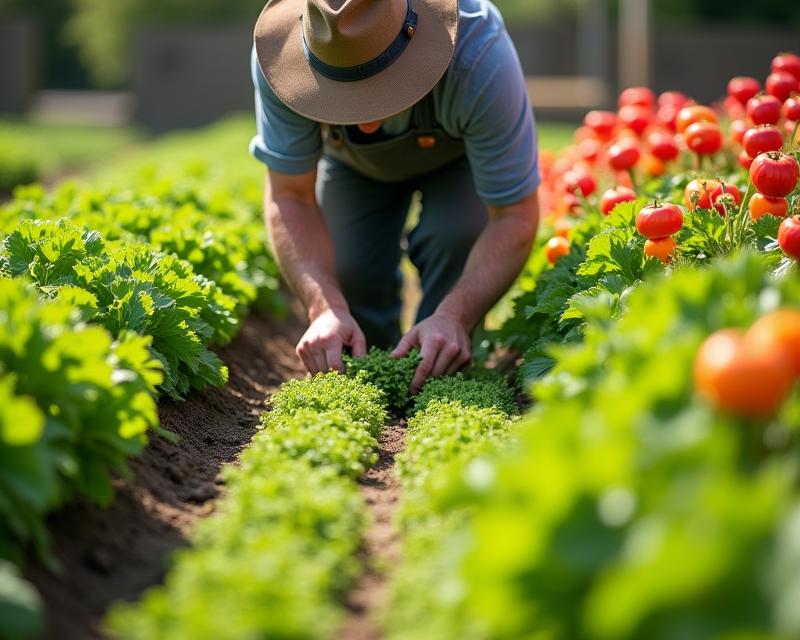Fertilizing Guide: Timing for Success!
Publish in Crops el 21/07/2025 20:10
Fertilizing Guide: Timing for Success!
Knowing *when* to fertilize is just as important as *what* to fertilize with! Getting the timing right can make a huge difference in the health, yield, and overall success of your garden, farm, or landscape. This guide breaks down fertilization timing for vegetables, flowers, and shrubs, with a focus on planting-season calendars to help you stay on track.

Understanding the Basics
Plants have different nutrient needs throughout their growth cycle. Think of it like this: seedlings need a gentle boost to establish roots, while mature plants require a more robust feeding schedule to support growth and reproduction. Generally, you'll want to fertilize when plants are actively growing – that's usually during the spring and early summer. Avoid fertilizing stressed plants, especially during periods of drought or extreme heat. Over-fertilizing can be just as harmful as under-fertilizing, leading to burnt foliage and weakened plants.
Vegetable Fertilization Timing
Here's a general timeline for vegetable fertilization. Remember to adjust based on your specific crop and local conditions. Planting-Season Calendar (General):
- Early Spring (as soil thaws): Apply a balanced fertilizer to your garden beds before planting. This provides a foundation for healthy growth.
- Vegetable Sprouting (2-3 weeks after transplanting): Give your vegetables a nitrogen boost. A fertilizer higher in nitrogen (the first number in the NPK ratio) is ideal for leafy greens and early growth.
- Flowering/Fruiting Stage: Switch to a fertilizer higher in phosphorus and potassium (the second and third numbers in the NPK ratio). This supports flowering and fruit development.
Specific Crop Examples:
- Tomatoes: Fertilize regularly throughout the growing season with a tomato-specific fertilizer, rich in phosphorus and potassium.
- Leafy Greens (Lettuce, Spinach): Frequent, light applications of nitrogen-rich fertilizer are best.
- Root Vegetables (Carrots, Beets): A balanced fertilizer is sufficient. Avoid excessive nitrogen, which can promote leafy growth at the expense of root development.
Flower and Shrub Fertilization Timing
Flowers and shrubs also benefit from regular fertilization, but their needs differ from vegetables. Planting-Season Calendar (General):
- Early Spring: Apply a slow-release fertilizer to provide a steady supply of nutrients throughout the growing season.
- After Blooming (for flowering plants): Fertilize again after the main bloom cycle to encourage repeat flowering. A fertilizer with a higher phosphorus content is beneficial.
- Fall: A final fertilizer application in the fall helps shrubs and trees prepare for winter and promotes strong root growth.
Specific Plant Examples:
- Roses: Fertilize regularly throughout the growing season with a rose-specific fertilizer.
- Azaleas & Rhododendrons: Use an acid-loving fertilizer formulated for these plants.
- Perennials: Fertilize in early spring as new growth emerges.
Climate Considerations
Your local climate significantly impacts fertilization timing. In warmer climates, you may need to fertilize more frequently. In cooler climates, you can space out applications. Always monitor your plants for signs of nutrient deficiencies (yellowing leaves, stunted growth) and adjust your fertilization schedule accordingly. Consult your local agricultural extension office for specific recommendations tailored to your region.





